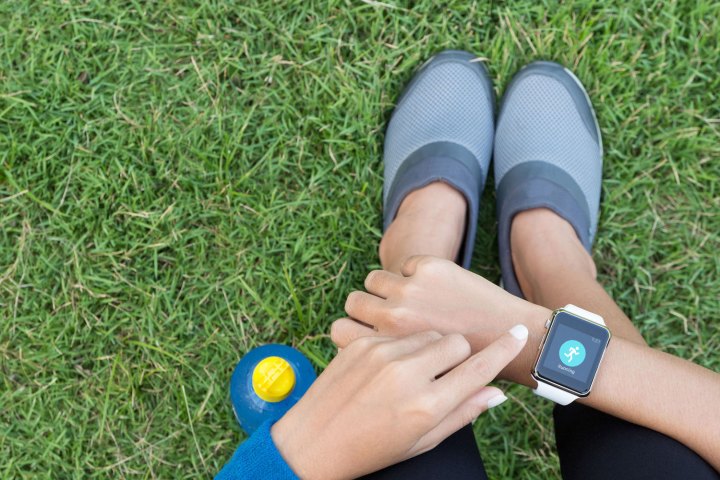
Japanese sports brand Asics has been around for a while longer, but has never made much of a push into the world of mobile or wearables, unlike its competition. It released a fitness app back in 2013. However, just before the start of 2015, Asics backed a French startup to produce a heart rate and temperature tracking smart t-shirt, so it’s certainly beginning to make up for lost time.
How will the acquisition change Runkeeper? In a blog post announcing the partnership, Runkeeper co-founder Jason Jacobs said that we probably won’t notice anything different, saying instead that Asics involvement will help push forward development. There’s no indication anything will alter regarding the monthly subscription charge for complete access to Runkeeper’s features.
Asics says it’s excited about the marketing potential of Runkeeper — no surprise, it wants to sell sports equipment — but it may be preaching to the converted. According to Runkeeper, its Shoe Tracker shows Asics is the number one training shoe brand among its users anyway.
The Runkeeper purchase by Asics is the latest in a string of similar acquisitions. In February last year, Under Armour splashed out on MyFitnessPal and Endomondo, the latter being very similar to Runkeeper. It has also teamed up with smartphone makers HTC, a partnership that eventually turned out real products at the beginning of 2016. Additionally, Adidas — already a strong player in the world of connected fitness products — paid nearly $240 million for Runtastic in August, and New Balance has partnered with everyone from Strava to Intel for its forthcoming smartwatch.
Adidas, Under Armour, and Nike before them have all produced fitness smart bands and other wearables, which operate alongside mobile apps. It appears Asics may be concentrating on smart clothing, and now has information on millions of runners who may want to buy some.



